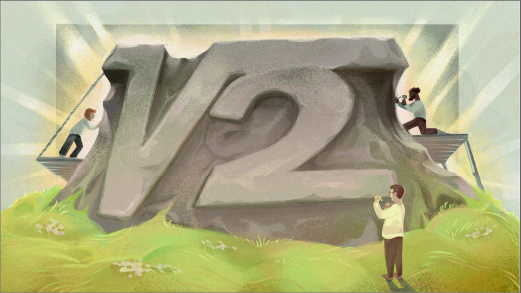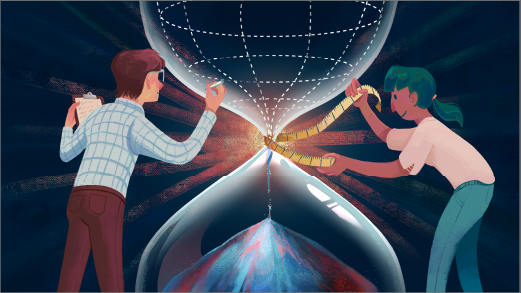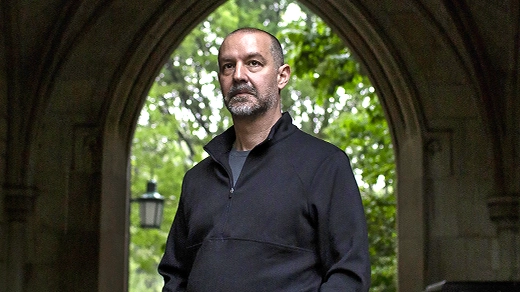What's up in
Mathematics
Latest Articles
What Can Tiling Patterns Teach Us?
If you cover a surface with tiles, repetitive patterns always emerge — or do they? In this week’s episode, mathematician Natalie Priebe Frank and co-host Janna Levin discuss how recent breakthroughs in tiling can unlock structural secrets in the natural world.
Why Is This Shape So Terrible to Pack?
Two mathematicians have proved a long-standing conjecture that is a step on the way toward finding the worst shape for packing the plane.
How the Square Root of 2 Became a Number
Useful mathematical concepts, like the number line, can linger for millennia before they are rigorously defined.
How Is Science Even Possible?
How are scientists able to crack fundamental questions about nature and life? How does math make the complex cosmos understandable? In this episode, the physicist Nigel Goldenfeld and co-host Steven Strogatz explore the deep foundations of the scientific process.
In Highly Connected Networks, There’s Always a Loop
Mathematicians show that graphs of a certain common type must contain a route that visits each point exactly once.
Mathematicians Attempt to Glimpse Past the Big Bang
By studying the geometry of model space-times, researchers offer alternative views of the universe’s first moments.
How Failure Has Made Mathematics Stronger
The topologist Danny Calegari discusses the inevitability of disappointment in math, and how to learn from it.
Strangely Curved Shapes Break 50-Year-Old Geometry Conjecture
Mathematicians have disproved a major conjecture about the relationship between curvature and shape.
A Rosetta Stone for Mathematics
In 1940 André Weil wrote a letter to his sister, Simone, outlining his vision for translating between three distinct areas of mathematics. Eighty years later, it still animates many of the most exciting developments in the field.








